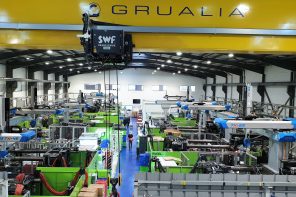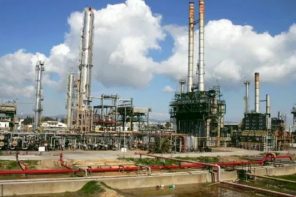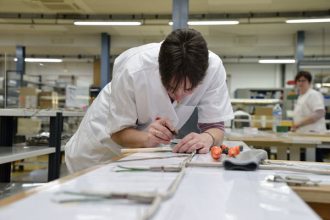
© Marytog/Adobe Stock
Three ski resorts in the French Pyrenees obtained their AFAQ ISO 50001 certification in 2016. This achievement bears testament to their efforts in improving energy use and performance in a sector with extremely high fuel and electricity requirements.
Are you a skiing enthusiast who believes in responsible energy use? Then head for the French Pyrenees! The newly ISO 50001-certified resorts at Peyragudes, Grand Tourmalet and Gourette-La Pierre Saint-Martin have spearheaded a wide range of initiatives to lower their energy bills. “We started heading down the certification road in 2012,” explains Patrice Lacosta, QSE Manager for Peyragudes, “by commissioning an energy audit at six of the resorts within our N’Py group (Nouvelles Pyrénées). We wanted an accurate insight into our energy consumption and a clear idea of how we could save money. “
The first surprise came with the discovery that snow grooming, against all expectations, was by far the most energy-intensive process. A single snow groomer guzzles between 25 and 35 litres of diesel an hour! “We knew that snow grooming was an expensive process, but not that much.” Next on the list came snowmaking and ski-lifts. Incidentally, buildings came in fourth place.
New criteria
Before they adopted a certification strategy, the three resorts began by implementing new measurement criteria. “As far as the snow groomers are concerned, the baseline is now the number of litres used per hectare groomed,” advises Stéphane Ranzoni, ISO 50001 auditor for AFNOR. “This metric is more appropriate than hourly fuel use, since it prompts organizations to think about the routes used and thereby prevent groomers from going over the same place twice.” Similarly, the number of kW/h per m3 of water sprayed by the snow cannons and the number of kW/h per ski-lift passenger now serve as reference criteria.
“Once we had defined the criteria, we started taking a critical look at the issues together with the technicians directly involved,” adds Patrice Lacosta. We believed that feedback from the field was essential for determining the right measures. “
Stamping out waste
Snow grooming was the first process to come under scrutiny. All vehicles have been fitted with ultra-accurate satellite navigation systems to improve their night-time routes across the ski slopes. Depending on the weather, skier numbers and snow conditions, the entire ski area does not necessarily have to be groomed every day. Therefore, sectors are targeted according to requirements. The snow groomers also use a laser-based system to measure the thickness of the snow. “This gives us an exact idea of which areas are lacking snow, so that we only have to produce artificial snow for those areas, which has reduced our snow cannon use by 15%. ”
The snow cannons have now been fitted with pumps featuring a variable rather than a fixed flow rate, so that snow production can be tailored to demand. Local water sources are prioritized for supplying the cannons in an effort to reduce the energy required to transport the water. As for the ski-lifts, heaters have been installed to stop the motors labouring under the strain of winter temperatures. The ski-lift speed is also adjusted according to the number of skiers. Even during peak hours, a slight deceleration that is imperceptible to skiers clearly reduces energy use.
Immediate benefits
These measures have culminated in a fall in energy use by 2% to 8% a year, much to the resorts’ satisfaction. “We are achieving substantial savings for a minimal outlay,” says a delighted Patrice Lacosta. As the resorts’ authority, we immediately reinvest this money in our equipment to improve the service delivered to our customers. In Peyragudes, for example, we are going to finance a snow park for beginners.” Significant money could also be saved when replacing snow groomers and ski-lifts. Such major investments are reflected over several years. “The manufacturers of these devices are tackling the problem and offering more energy-efficient products, such as hybrid motors,” stresses Stéphane Ranzoni.
Certified resorts now undergo an intermediate audit every year. But what happens in case of a winter with low snow levels? “What we are focusing on is the efforts made, not the absolute value of our energy use,” insists Stéphane Ranzoni. “In case of poor snow conditions, resorts will need to use their snow cannons more, which means higher energy use, but that is essential for their economic survival. The audit takes these external factors into consideration.” “We believe that the outcome is extremely positive,” concludes Patrice Lacosta. “We have empowered the teams and obtained results that are having an effect on customer satisfaction and ultimately increasing our market share. We are focused on our objective of scaling new heights in energy efficiency without losing our footing! “
[button content=”Find out about AFNOR group expertise on energy… ” color=”yellow” text=”black” url=”http://www.afnor.org/en/insights/energies/” openin=”_blank”]




